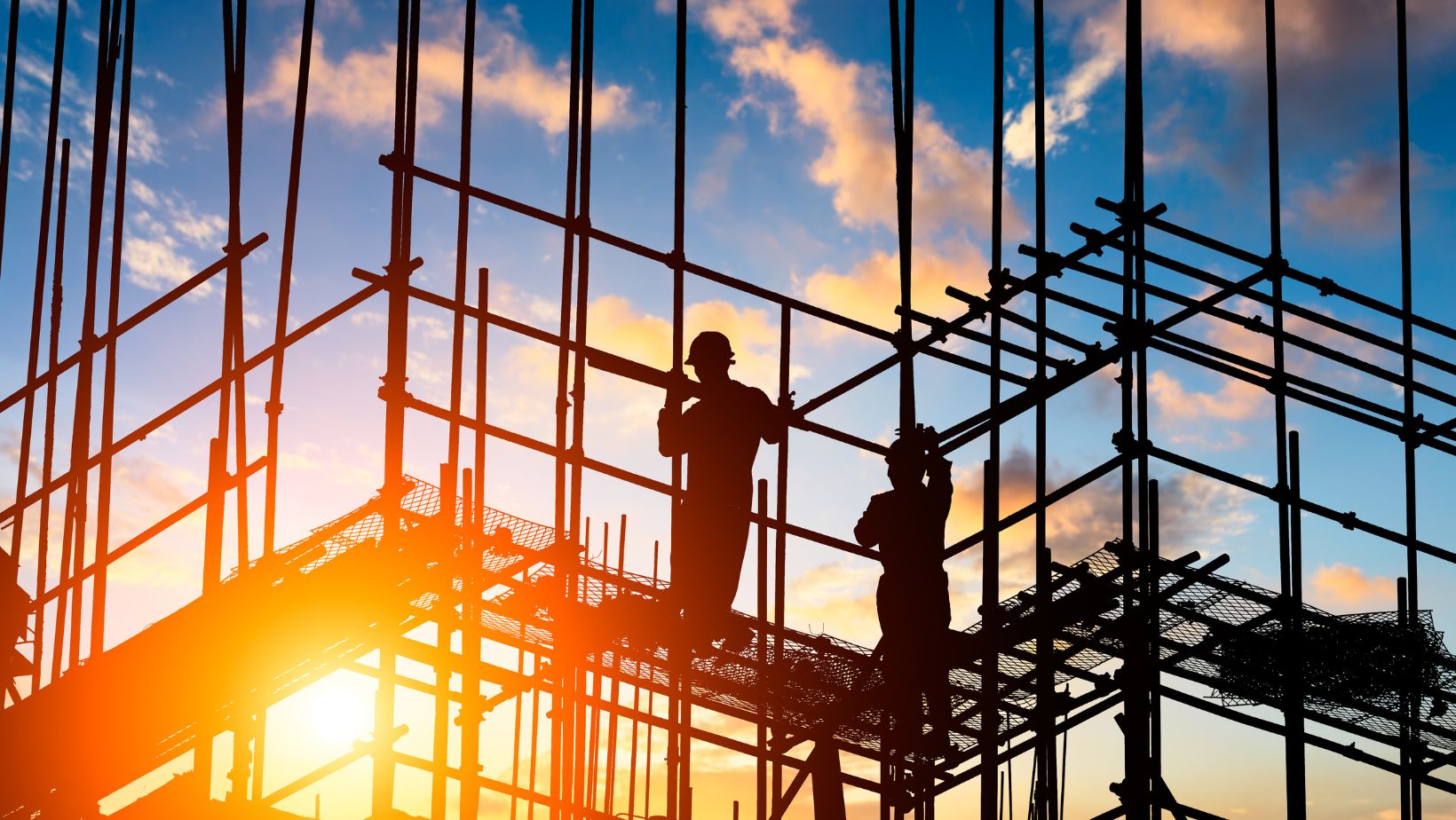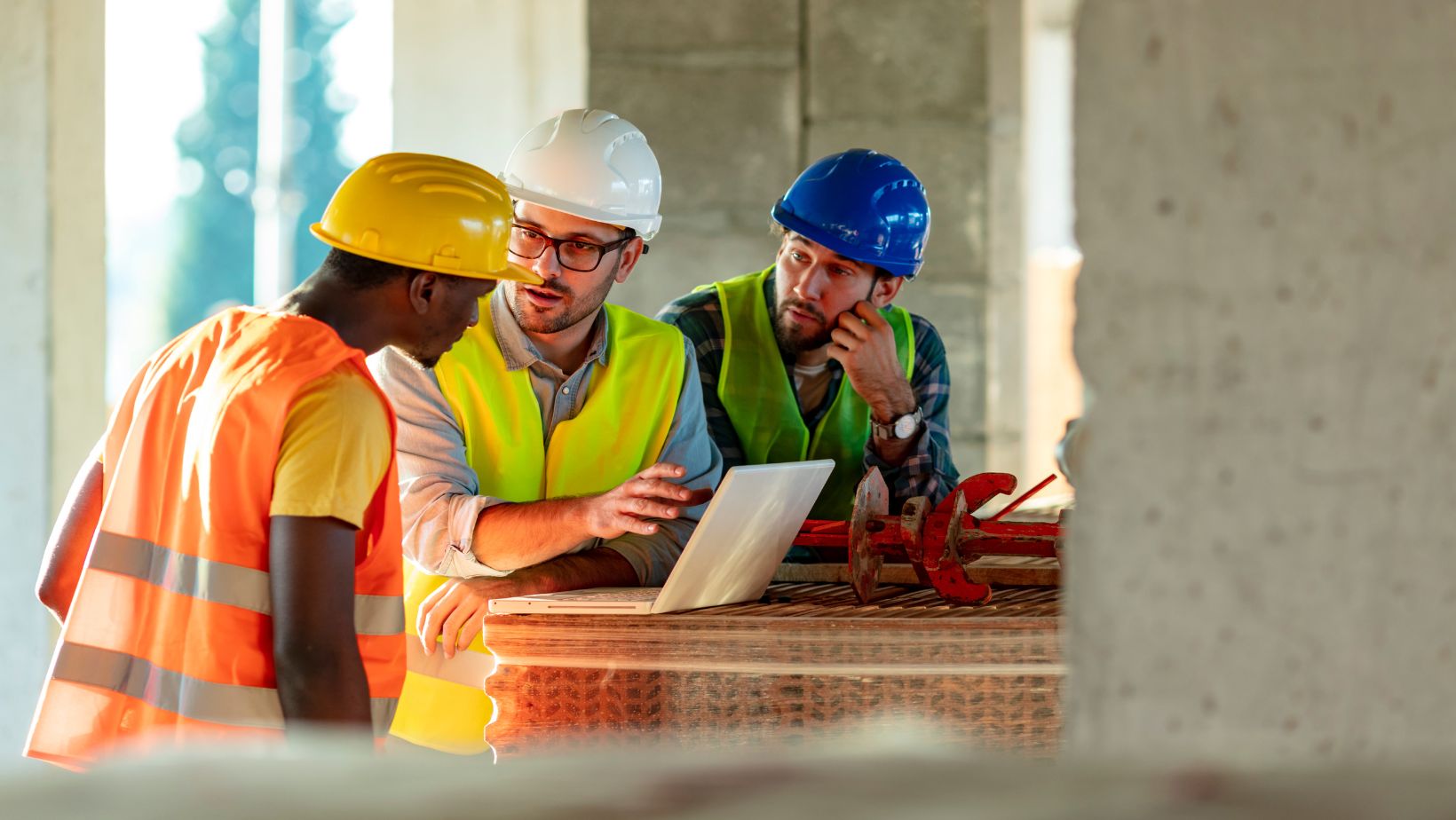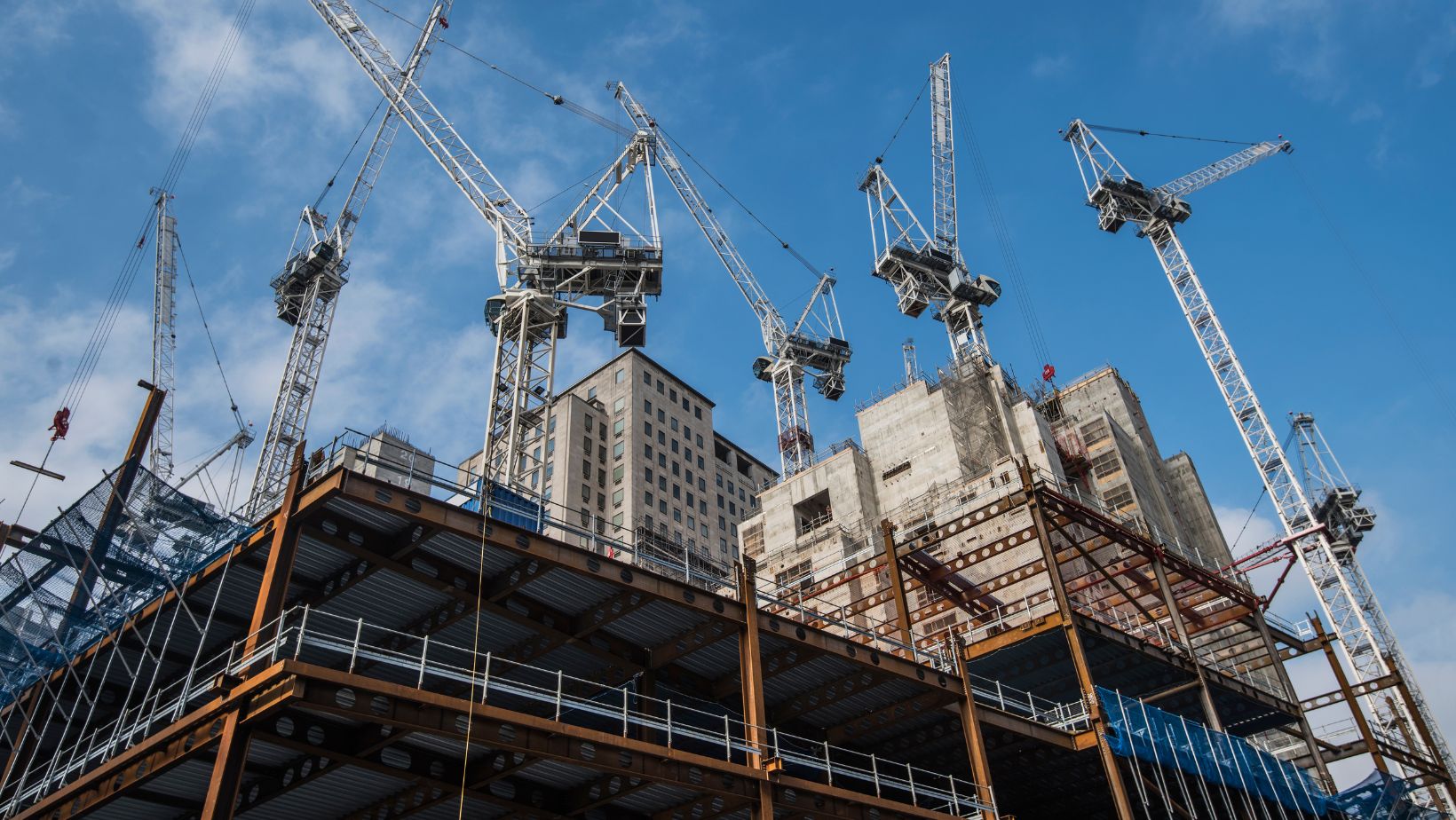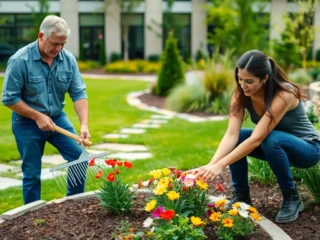
Sustainable building is no longer a niche consideration—it’s a growing expectation from clients, regulators, and the wider industry. From energy-efficient designs and low-impact materials to waste reduction and long-term performance, builders are being asked to deliver more than just structures—they’re delivering sustainability.
But going green isn’t just about ticking boxes. It requires careful planning, accurate cost forecasting, and smart decision-making from day one. That’s where digital tools, especially estimating software, are playing a crucial role.
A Shift in How Homes and Commercial Buildings Are Designed
Clients are becoming more aware of the environmental impact of their homes and buildings. Whether it’s choosing recycled materials, installing solar systems, or incorporating better insulation, green requests are now part of everyday conversations in residential and commercial projects.
Architects and builders are adapting their designs to achieve long-term energy efficiency and reduced environmental footprints. And with new standards and building codes evolving to support these efforts, there’s a growing demand for more transparent, sustainable construction from planning through to delivery.
Sustainable Materials and Their True Cost
Choosing eco-friendly materials sounds straightforward, but it’s not always easy to align those choices with the client’s budget. Bamboo flooring, low-VOC paints, recycled timber, or passive house windows often come with a higher upfront cost, even if they deliver long-term savings.
This is where detailed and accurate cost forecasting becomes vital. Builders need to show clients exactly how much these options cost, what alternatives are available, and what impact those choices will have on overall pricing. Providing that breakdown helps clients make informed decisions without compromising on their green goals.

By using tools like construction estimating software, builders can compare options quickly and present a clear cost-benefit analysis. This ensures that sustainable choices are properly accounted for in the estimate and not treated as afterthoughts or vague inclusions.
Reducing Waste Through Better Planning
One of the key principles of sustainable construction is reducing waste. That means fewer offcuts, better use of materials, and tighter control over what’s ordered, delivered, and installed.
Estimating software plays a big part in this by helping builders calculate the exact quantities of materials needed. Rather than rounding up or guessing, builders can input specific dimensions and quantities based on the actual design. This reduces surplus ordering and limits waste that would otherwise end up in landfills.
It also helps with planning material deliveries more efficiently, avoiding unnecessary transport emissions, and reducing the footprint of the overall build.
Supporting Green Certifications and Compliance
As more clients seek green building certifications like Green Star, Passive House, or NABERS, builders need to show clear records of sustainable choices and performance metrics. Accurate estimates and cost plans are often part of that documentation process.
Estimating software can help by keeping a detailed log of materials, energy-efficient upgrades, and low-emission options selected for the build. Some platforms can also integrate with sustainability assessment tools, making it easier to report on compliance and track environmental benchmarks throughout the project.
By having this data ready and clearly organized, builders can demonstrate their commitment to sustainable practices and simplify the path to certification.
Long-Term Savings Through Better Forecasting
While some green upgrades cost more at the start, they often pay off in the long run—through reduced energy bills, lower maintenance needs, and better resale value. Builders who can illustrate these long-term savings stand a better chance of convincing clients to go ahead with sustainable options.
This requires more than just generic promises. It involves detailed cost projections, return-on-investment timelines, and a realistic understanding of performance outcomes. Estimating software helps generate these insights by factoring in lifecycle costs and comparing various scenarios.

This kind of data-driven approach takes the guesswork out of green building decisions and strengthens trust between builders and clients.
Better Project Management, Fewer Mistakes
Green construction often involves tighter tolerances, more specialized products, and different construction methods. Mistakes, rework, or last-minute changes can not only add cost but also compromise the sustainability of the build.
Digital estimating tools help reduce these risks by supporting better planning and documentation upfront. When everyone on the team—from designers to trades—has access to a clear, shared breakdown of costs and materials, it becomes easier to stay on track and avoid costly errors.
It also supports smoother collaboration across different teams, especially when coordinating with sustainability consultants, engineers, or energy assessors.
Final Thoughts
Green building is no longer just a trend—it’s becoming the new standard. However, delivering sustainable outcomes requires more than good intentions. Builders need clear data, accurate forecasting, and efficient planning tools to make it all work in practice.
With construction estimating software, sustainable construction becomes easier to manage, more financially transparent, and ultimately more appealing to clients. It helps take sustainable ideas and turn them into actionable, affordable plans—benefiting both the environment and the bottom line.






